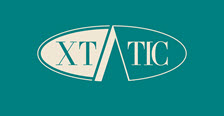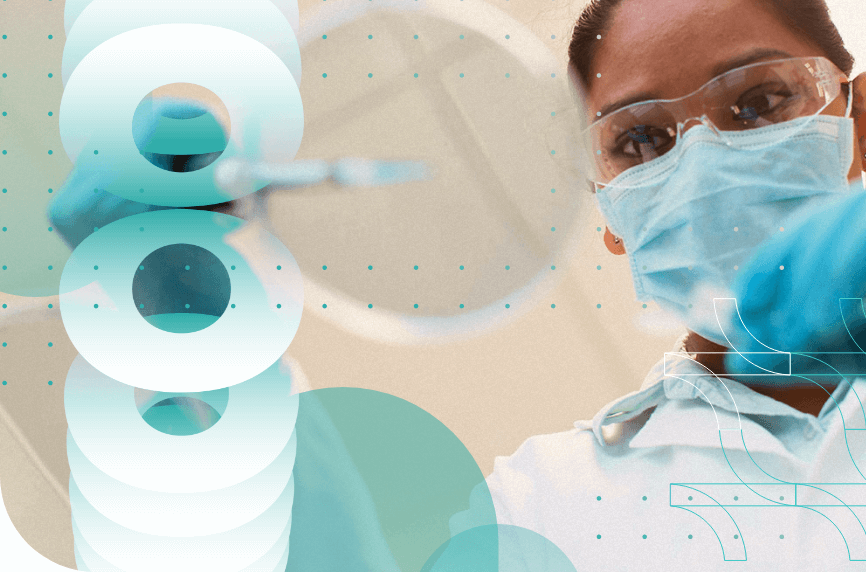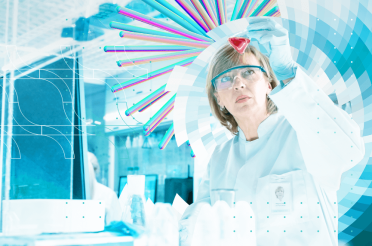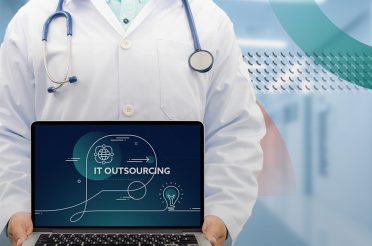The healthcare industry relies on the pharmaceutical sector, which continuously invests in drug development. The Covid-19 pandemic highlighted the urgency of creating new medicines and pioneering therapies.
Investments in the industry rose by 47% in 2020, reaching $51 billion, and pharmaceutical companies have allocated these funds to clinical trials with highly encouraging outcomes. This piece will concentrate on the leading eight technological trends in the pharmaceutical industry.
Artificial intelligence
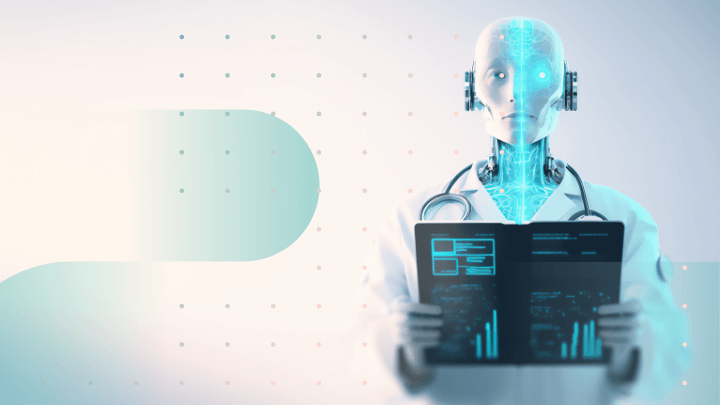
Today most of the healthcare industry uses AI regularly. It is not different for the pharma industry. Through data analysis, AI can identify which treatments and strategies worked in the past and help transform the industry’s business strategies. Artificial intelligence can also suggest drug combinations and contribute to drug discovery.
The main issue is that healthcare professionals cannot comprehend and analyze information on the level of a machine. Overcoming truly global health challenges requires enormous computing power. AI can also give creative solutions to problems, which might be incomprehensive for the human mind.
Healthcare professionals and executives currently use AI for several fields:
- Manufacturing process. AI can establish a continuous manufacturing process by automating manual tasks, reducing waste, and speeding up production. Thus, AI eliminates the need for manual human labor and lowers manufacturing costs. As a result, pharmacies can sell the drugs at a lower price.
- Drug discovery and design. Artificial intelligence can make regional and local assessments of clinical trials to identify potential new medicine and speed up the drug development process. For example, AI can help develop cell and gene therapies based on big data collected from multiple sources.
The main issue when working with AI is related to the accuracy of the data in the system. Some patients in clinical trials might not follow proper instructions, thus feeding wrong data. Another issue arises when people do not give AI a big enough database to ensure an unbiased result.

Streamline your pharmaceutical production line with single-use processes
Innovate and transform your healthcare solutions to be at the forefront of healthcare innovation by partnering up with BGO Software’s team of experts

Thankfully, developers have begun implementing data accuracy checks into the AI, so it can identify miss input or patients not following their clinical trials properly. As for the available databases, pharma companies can cooperate, in many cases, to share their pool of knowledge. More recently, wearable devices made collecting patient data for databases way more practical.
Wearable tech integration
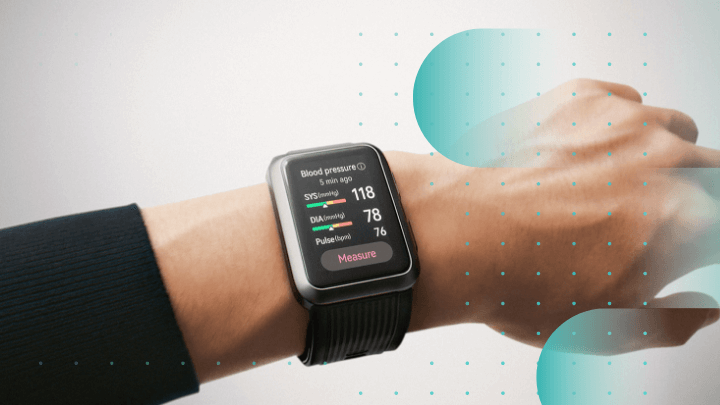
Wearable devices can take many forms—smart watches, wearable sensors, attached to clothing, or in the form of a smart tattoo. These devices have broadened the pharmaceutical market access since many people can afford such a device. As a result, healthcare professionals have real-world evidence, such as biometrics and the activities of people.
The main problem with medical trials before wearable tech was the need for constant monitoring of patients. While some patients had to stay in the clinic for a prolonged time, another alternative was to call patients for frequent check-ups, but as already mentioned, that led to issues with patients not following the medical instructions.
Wearable tech, on the other hand, provides the best of both worlds:
- Patients: wearables can connect to mobile devices and provide the patient with information such as heart rate, glucose level, and other biometrics. In effect, these mobile apps provide patients with their health management.
- Pharmaceutical industry: a wearable device provides a 24/7 flow of information. Through hybrid clinical trials, experts monitor how patients react to the medication and if a patient is following the medical protocols of medical tests. Thus, pharma companies have access to real-world evidence of the effects of their treatments.
The only challenge before the pharma industry is creating small ergonomic devices with long battery life. While making a device both small and with long battery life is contradictory, patients are unlikely to use these devices if they are inconvenient.
Thankfully, technology is advancing. The widespread use of such devices suggests that people are satisfied with them.
Precision medicine

Precision medicine, known as “personalized medicine”, is tailored to each patient. This entails an examination of the patient’s biomarkers, such as their genetic makeup or blood profile, along with lifestyle and environmental factors, to determine the most appropriate course of action. This approach yields superior patient outcomes and mitigates the potential adverse effects of treatment.
In contrast, the conventional “one size fits all” approach seeks to treat many patients. However, due to interindividual variability in medication response, some drugs may not be effective for every patient. Consequently, this approach can result in treatment delays and suboptimal patient experiences.
Instead, by targeting each individual, the pharma industry can be way more efficient in the:
- Disease discovery. Precision medicine has the potential to offer Next Generation Sequencing (NGS) tests, which can read a significant portion of an individual’s genome. These tests can provide healthcare professionals with valuable information about a patient’s medical conditions or risk factors.
Understanding the underlying causes of diseases is essential for effective disease management. For instance, through NGS testing, healthcare experts can detect the presence of cancer, as the DNA of cancerous cells exhibits unique variations compared to the rest of the patient’s genome.
- Treatment. The wealth of unique information gleaned from precision medicine can have a significant positive impact on real-life patient outcomes. For instance, through NGS testing, healthcare providers can identify cancer at an earlier stage, enabling timely interventions and potentially life-saving treatments.
Furthermore, precision medicine allows for a more tailored approach to cancer treatment, as different cancer types may require specific procedures for optimal outcomes. This personalized treatment approach can greatly improve a patient’s chances of survival.
Yet, work in precision medicine requires collecting a lot of data for each patient, which is time-consuming and can be more expensive than a “one size fits all” treatment. This fact puts pressure on the financially pressed health systems.
More importantly, working with personal data entails that regulatory compliance will be a constant issue as experts need to ensure the confidentiality of personal data.
Thankfully, even government organizations are involved with these pharma trends. The U.S. Food and Drug Administration (FDA) and European Health Data Space (EHDS) are working with pharma companies to create a favorable regulatory environment for data collection and developing strategies to ensure its protection from hackers.
Through analyzing big data, pharma companies can improve their efficiency and reduce drug discovery costs. Big data is a term that refers to large datasets which are analyzed to identify patterns, trends, and associations. Big data analytics in pharmacy provides better clinical trials and can prepare the system for disasters like the Covid 19 pandemic.
During the pandemic, the healthcare industry turned to the pharmaceutical industry to develop treatments, vaccines, etc. Research and development are a constant need in healthcare in general. Because of this, the healthcare industry has received $4.7 Billion in big data analytics.
So where are the funds invested?
Research & Development
Pharmaceutical researchers must identify and integrate information from different sources for drug research. Big data helps companies gather information from the different stages of the production chain. That allows pharma companies to link information from various sources and help identify problems or inefficiencies.
Improving clinical trials
Many tests fail because pharma companies cannot find suitable patients. In fact, experts spend a lot of time and funds to recruit patients. The whole process of clinical trials can be made much more cost-effective by analyzing relevant patient data, as physicians may look for personality traits or genetic information, thus ensuring that they are on the right track.
Improved patient outcomes
Medical professionals can continually collect and analyze patient data to discover and develop treatments for specific conditions. By analyzing the patient data, healthcare providers can apply the right treatment, reduce errors and lower the readmission rates. All of which brings the cost of treatment down and increases patient satisfaction
Enhanced marketing
A major risk factor is that companies may invest a lot of money into a product and not get a return on investment. The pharma transaction ecosystem is based on profit, and if companies believe that a product will not sell on the pharmaceutical market, they will not develop it or raise prices.
Big data analysis can help identify interest in the market and provide cost-benefit evaluations—managing drug prices.
The problem stemming from working with such enormous and various databases is privacy issues. Regulations such as the Health Insurance Portability and Accountability Act (HIPAA) and General Data Protection Regulation (GDPR) put restrictions on companies.

Be the first to know how to react to technology trends with expert guidance
Future-proof your practice by innovative technology trends can help you revolutionize your research and pharmaceutical development
However, a conscientious health provider can still operate the databases if they take precautions against data exposure. In either case, the contributions of data analysis are worth pursuing even while complying with regulations.
Cloud technology

The industry can store pharmaceutical data and software in the “cloud” – a network of servers for digital storage accessible through the Internet. The cloud provides virtually endless storage space and computing power, something almost invaluable for data processing. Several digital tools, such as AI, can be used in the cloud.
The problem with storing data in a server on-premise is the reduced efficiency. Pharmacies must pay for server upkeep, store backups of the information, and delegate physical space for the server. Additionally, data transfer between databases is more inconvenient compared to cloud technology.
While using the cloud, the information is stored online, and usually, for the cost of a subscription fee, pharma companies have access to several benefits:
- Scalability. If the business needs more space to expand its databases, the servers can allocate more space instantly, and similarly, if pharmacies want to scale down. That will be a lot harder with on-premise servers. Companies can also add or remove software tools from the cloud on demand.
- Sharing data. By its nature, the cloud permits the instantaneous transmission of information between databases. Pharmacies must constantly access other public health systems, such as the prescribing history of patients.
- Security. The cloud provides for the storage of large amounts of data. The sector is heavily regulated, and the companies that maintain the cloud constantly update security measures. Even if some data is corrupted or lost in some way, the cloud keeps several backups of the information.
A potential problem arises when a company stores an excessive amount of data in the cloud, making it difficult to manage. With nearly limitless storage capacity, businesses may become too reliant on cloud storage. Moreover, present challenges in the industry may involve negotiation with the cloud service provider.
However, negotiations with other businesses are standard and are an everyday necessity. On the matter of having too much data, as already discussed, AI or data analytics can help pharmacies handle these large databases.
Single-use processes
In the biopharmaceutical industry, there are three types of production processes for creating drugs. The first requires stainless steel reusable containers, which must be sterilized before each use. The second is partially disposable systems—some elements are reused, and some are discarded. The third is single-use processes, used for one batch of drugs and then discarded.
It seems that the first two processes will be more ecological and practical. However, these reusable containers pose risks when they are not properly sterilized. If a reusable container is not properly sterilized, that can contaminate the next batch of product and slow down production. Surprisingly, single-use processes are cheaper and release less greenhouse gas emissions.
A single-use object could be a bag, hose, seal, etc. that is discarded after use. The main advantage is that the technology facilitates high-tier processes at a large scale with no maintenance.
The equipment is also easier and quicker, taking up 2 or 3 hours to set up. While reusable containers take up several days to set up and require annual maintenance.
All of which lead to increased pharmaceutical company margins.
The main problem with single-use processes is a logistical one. When using disposable objects, one must allocate space for storage before their use. After their use, one must deactivate or cleanly dispose of the materials. Legitimate concerns have been raised about the sustainability of throwing out so much waste.
However, even with the added logistics, single-use processes are still cheaper. Additionally, the evidence is inconclusive on which method is more harmful to the environment.
The sterilization of reusables also produces large quantities of processed water, steam, and WFIs. Perhaps future studies will establish a consensus, but until then, single use-processes are one of the leading pharmaceutical industry trends.
Bioprinting
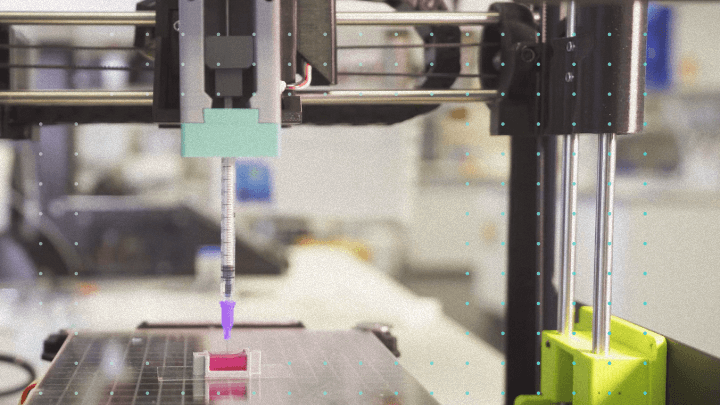
One of the most fascinating trends is bioprinting – a type of additive manufacturing. It involves 3D printing technology to recreate human tissue and cells. Rather than searching for potential clinical trial participants, the pharmacist can directly test on the tissues.
When researchers develop this technology, it will deepen the industry’s role globally as it will solve one of the biggest global health challenges.
Testing on humans is one of the most regulated research processes and can be unethical. As was mentioned, humans can also not be the best testing subjects since they regularly fail to follow instructions. Experts use live subjects due to a lack of a better medium.
The technology promises to remove humans from most clinical trials as experts will test on the 3D tissue. The technology creates live cells that react to medication similarly to humans.
Life sciences research can bring increasingly complex innovative medicines.
Some of the uses of the technology could be:
- Testing drug toxicity. The development of medicine is significantly slowed down by testing the toxicity of a drug. A scientist must start with a small dose and test which dose reacts on patients. However, on a printed tissue, overdosing will not bring significant consequences.
- Simulating diseases and testing treatments. Scientists can make relatively narrow value judgments simulating specific conditions in a lab. They can recreate respiratory and other diseases, promising to bring significant therapeutic advances to such conditions.
- Measuring real world data. While not a replica, researchers can make drug exposure models of living tissue to a specific medicine. The result will be an improvement in real-life patient outcomes.
The problem with the technology is the limited choice of 3D ligaments – the inc of the 3D printer. Researchers may have to supply ligaments on a large scale, forcing them to use lower-quality products instead. But the technology is relatively new, and researchers expect such problems. With organic market developments, more and more ligaments will become available.
In-silico testing
In-silico is simply using a computer to simulate the effect of different drugs. Scientists have large databases of how animals and humans react to various cosmetics and medications. They then feed that data into a computer algorithm to simulate how a new molecule will affect a living organism.
The testing on humans and animals is heavily restricted by regulations. As already mentioned, acquiring live test subjects is often hard and presents risks to them.
Digital technologies such as In-Silico remove the need for conducting physical tests in the first place, as everything is done in a simulation. The development process of a simulation costs very little, some software even being free. People can also use AI as a means of optimizing digital solutions in models.
This technology is used both in medicine and cosmetics. Simulations can suggest how an organism will react to a new drug and can help develop new treatments. Cosmetics use it to predict how fragments can react to each other and how they affect the skin.
However, even with this software being cheap or free, one must be proficient with the technology to get useful results. Furthermore, these simulations give predictions, but researchers must then test them.
Yet, one must keep in mind that the purpose of the technology is to reduce the risk in trials in the first place and not give accurate results. It can help researchers decide which test to conduct in the first place. With further digital innovation combined with bioprinting, the technology could become crucial for the industry.
In conclusion, these trends present great opportunities for advancing the pharmaceutical industry. While each provides some cost reduction benefit, the critical aspect is that they either rely on software to operate or their effectiveness is improved with the use of the software.

Whether you’re a startup, a Fortune 100 company or a government organisation, our team can deliver a solution that works for you.
BGO Software
In that sense, finding a trusted IT partner will be vital for each business looking to implement these trends. Picking a software developer specializing in healthcare will ensure that the software works and is implemented in compliance with regulations. In that field, BGO Software is one of the leading companies.
